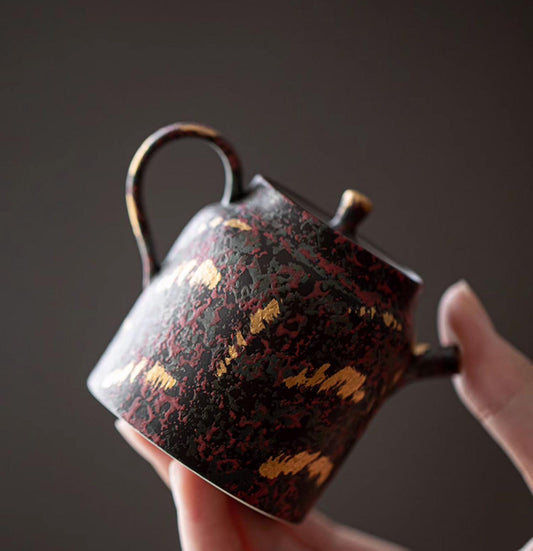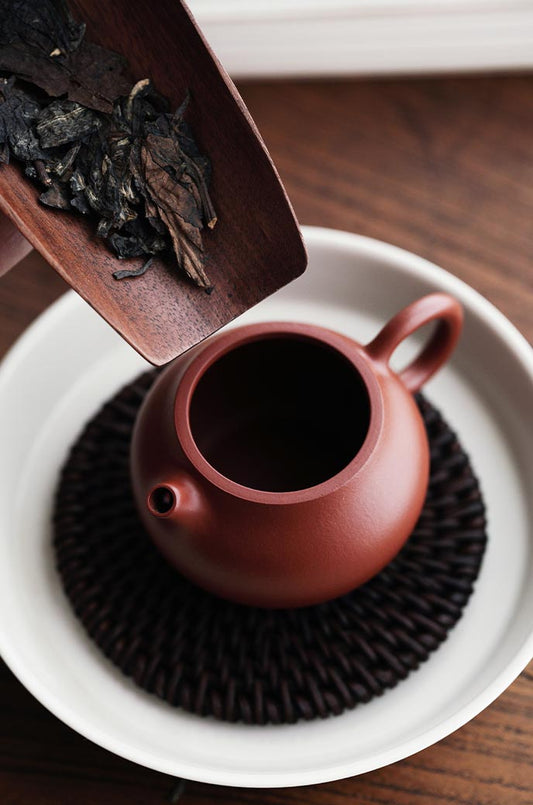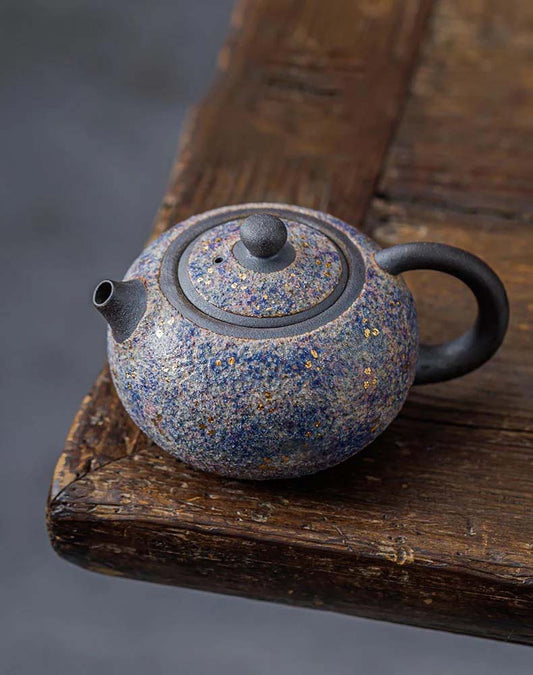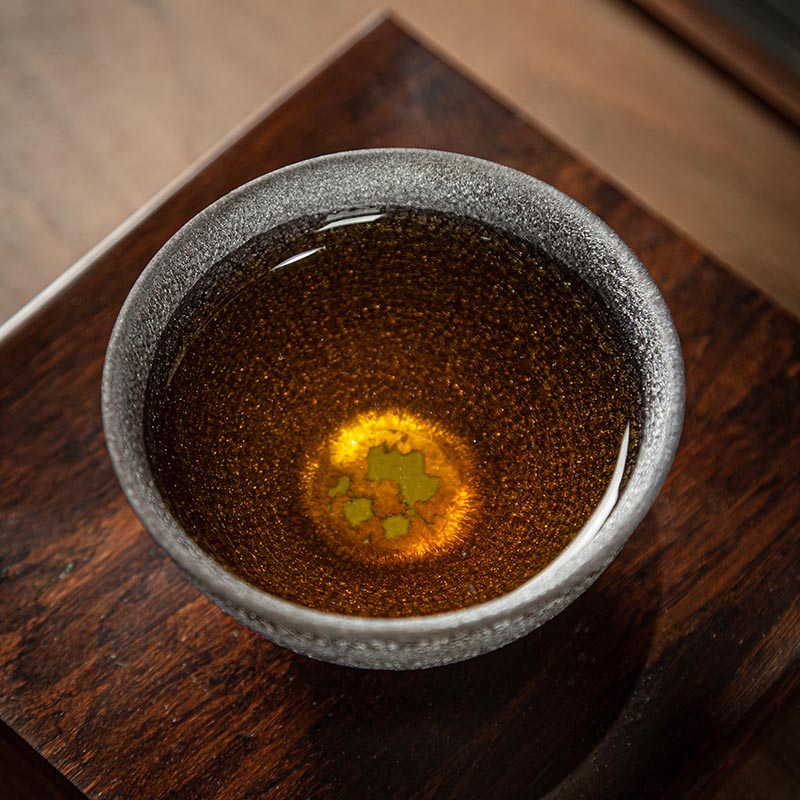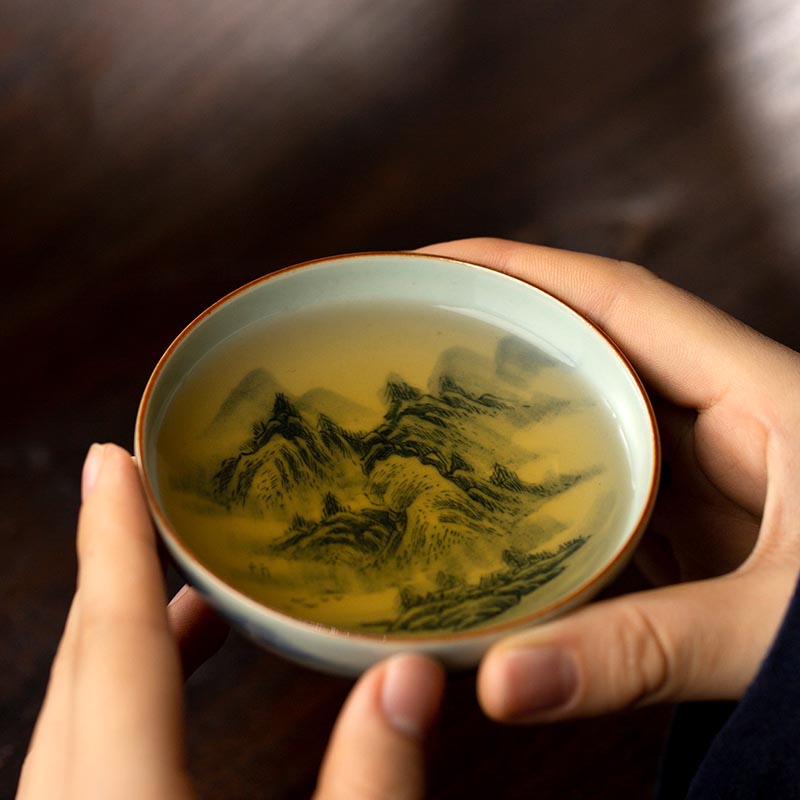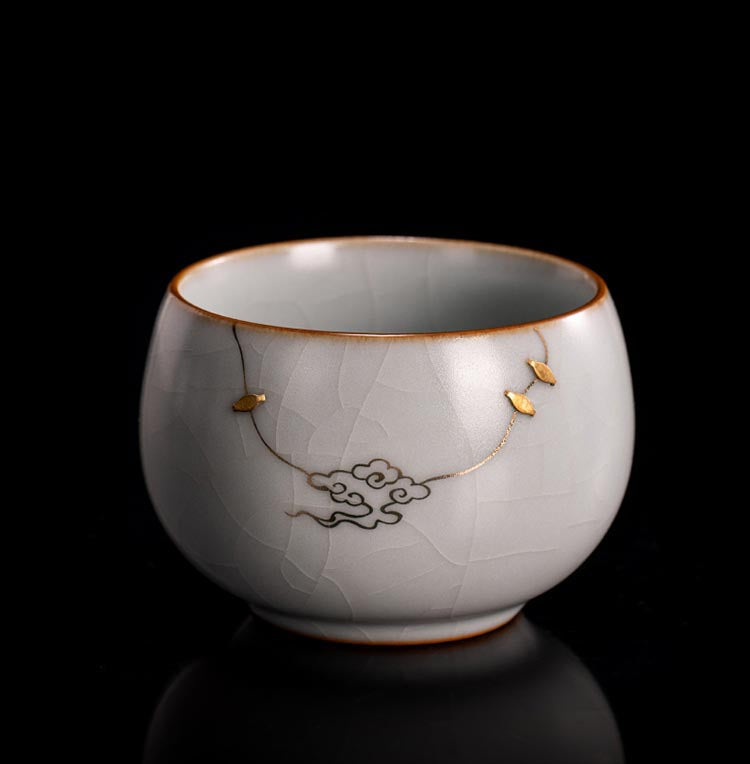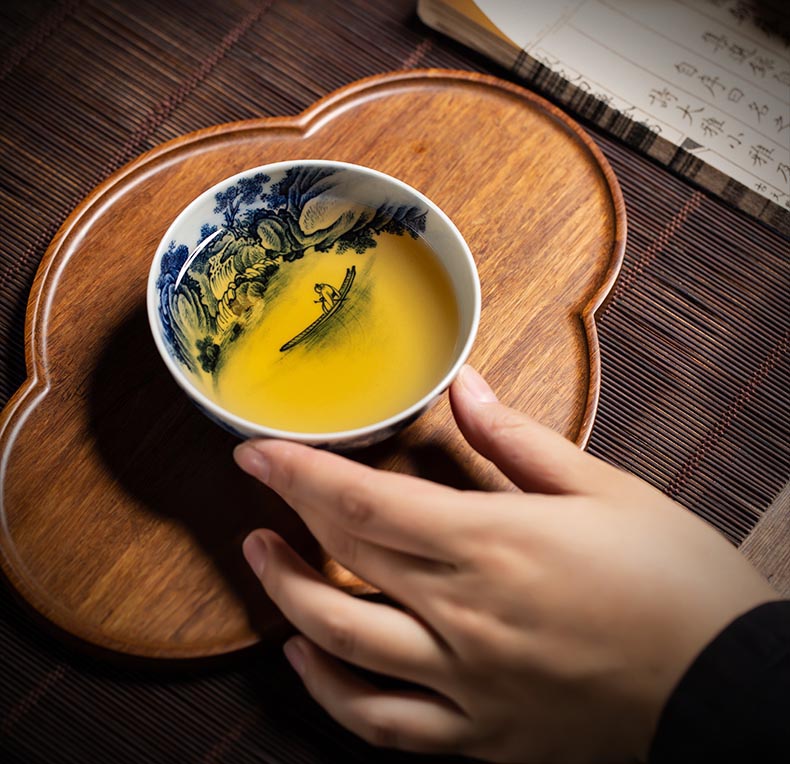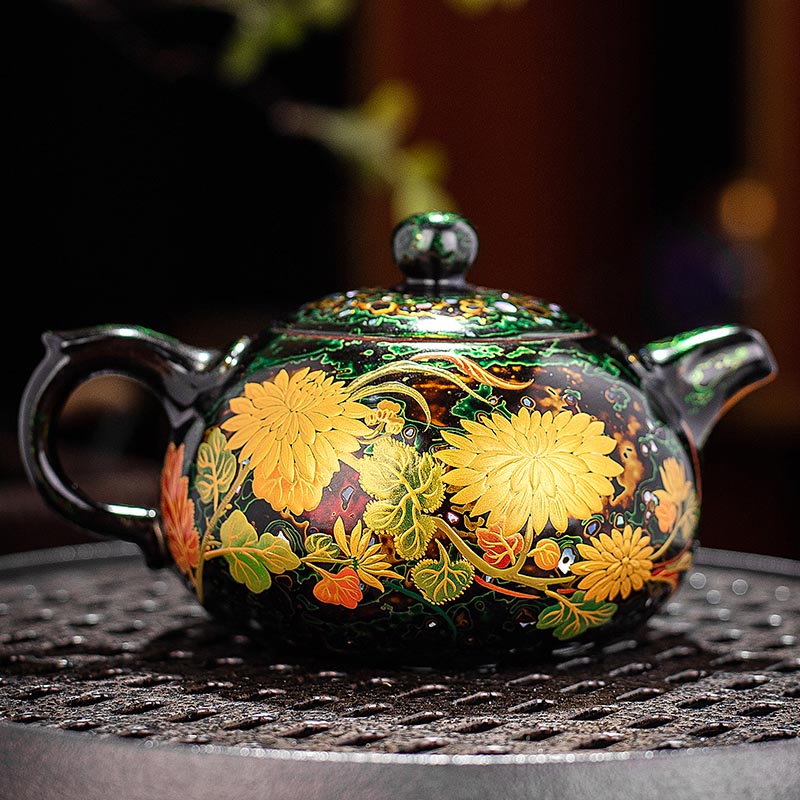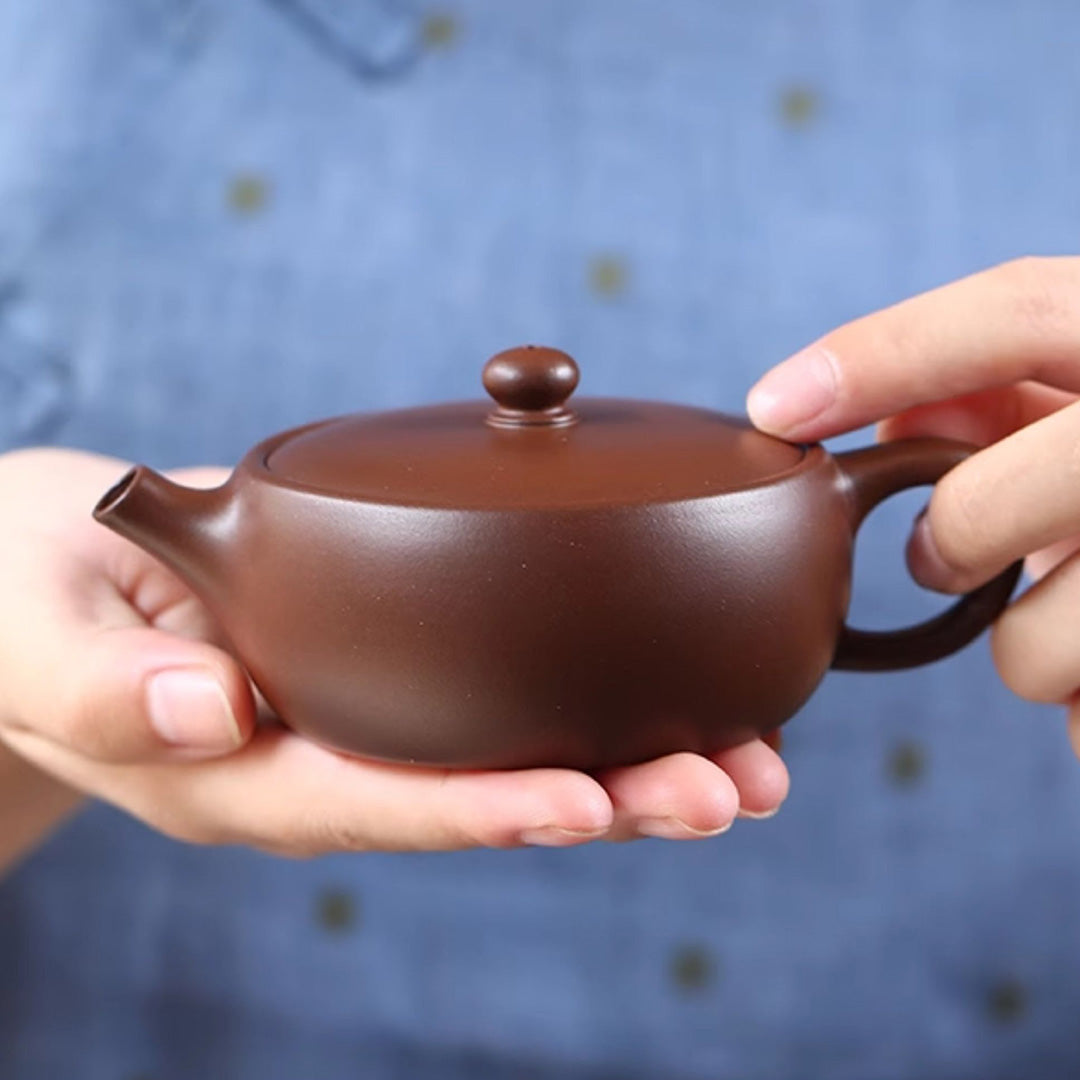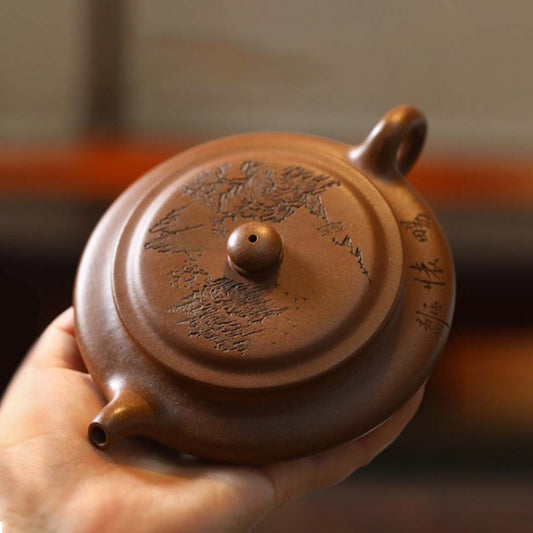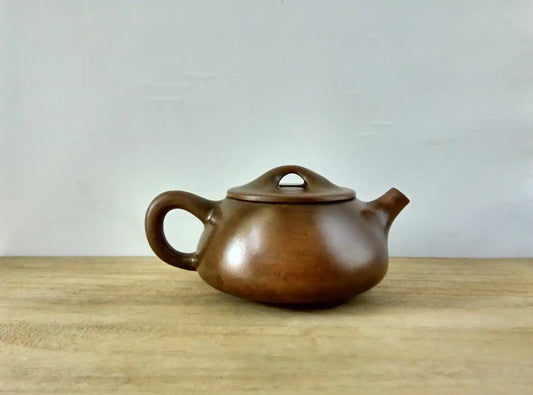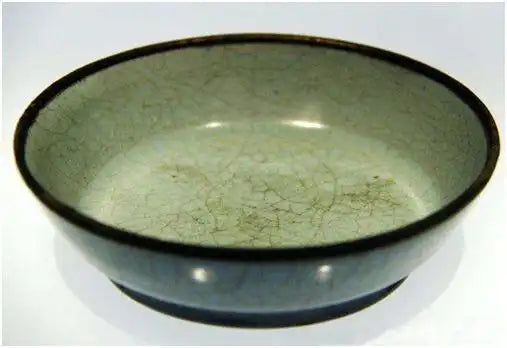The Allure of the Perfect Teapot
The Allure of the Perfect Teapot
In the search for the perfect teapot, I find that aesthetics and function blend beautifully into a singular experience. There's something inherently attractive about a well-crafted teapot—you know it when you see it, or rather, when you feel it in your hands as you pour the first cup. It's not just about utility; it's about the pleasure of a simple ritual.
Take, for example, the graceful curves of a Yixing teapot. These little beauties from China's Jiangsu province are known for their unique clay, which allows the pot to absorb the rich flavors of the tea over time. A seasoned Yixing teapot tells its own story, each brew of oolong or pu-erh adding another chapter to its character. Vintage pieces, with their soft luster, pull you into a dialogue with history, whispering tales of tea masters and artisans.
Yet, it's not just the legendary Yixing that catches the eye. The delicate translucence of a Ru ware teapot, originally from the Song Dynasty, brings a different kind of romance to the table. Its muted blue-green glaze invites you to pause and appreciate the subtle beauty of simplicity, encouraging a moment of meditative calm as you wait for the water to boil. The teapot becomes a quiet companion, urging us to take a breather from the rush of modern life.
In Japanese culture, the teapot carries its own mystique. The sleek lines of a Tokoname kyusu, with its side-handle silhouette, offer both elegance and practicality. Designed for perfecting sencha, the pot's design ensures a smooth, precise pour—a dance of balance and grace in your hands. It's a testament to the Japanese emphasis on harmony and precision, where every element of tea preparation plays a part in creating a moment of serenity.
Craftsmanship adds another layer to a teapot's seduction. Each handmade piece, whether it hails from a bustling workshop in China or an artisan's studio in Japan, represents countless hours of skilled labor and dedication. The mastery involved in creating these pots suggests a labor of love, infusing each one with a distinctly human touch that resonates with our desire for connection—not only with the art of tea but with the craftspeople behind the work.
Sometimes, when I hold a particularly loved teapot, I think of the unseen hands that shaped it, of the cultural heritage it carries. It's a reminder that these vessels are more than just functional objects. They are storytellers, guardians of tradition and beauty, waiting patiently on the shelf until the next time we gather around them, seeking comfort in the age-old ritual of tea. It seems only fitting that the perfect teapot should hold a bit of magic in its clay—a reflection of our own appreciation for life's quiet pleasures.


